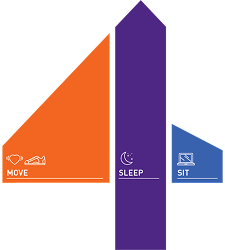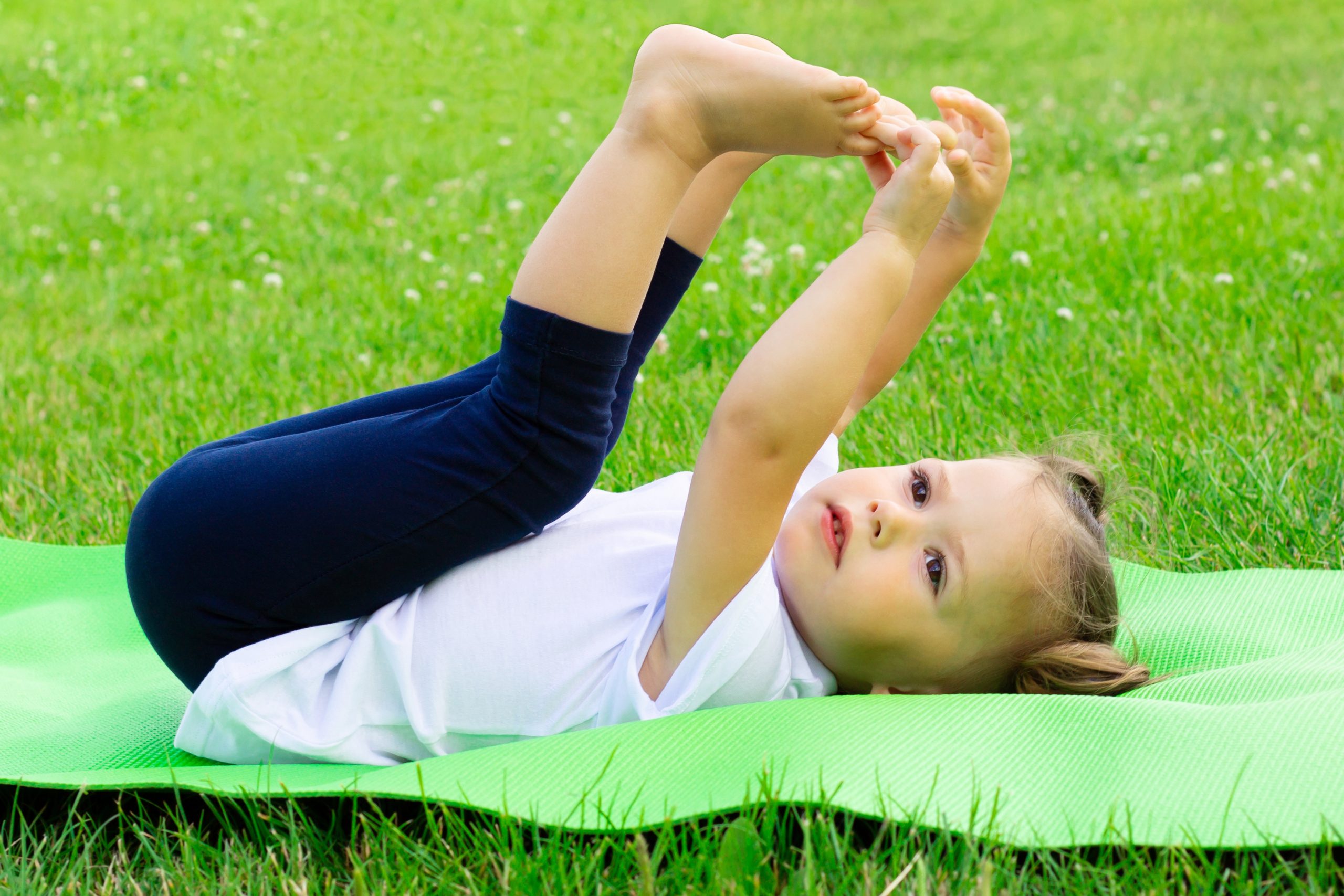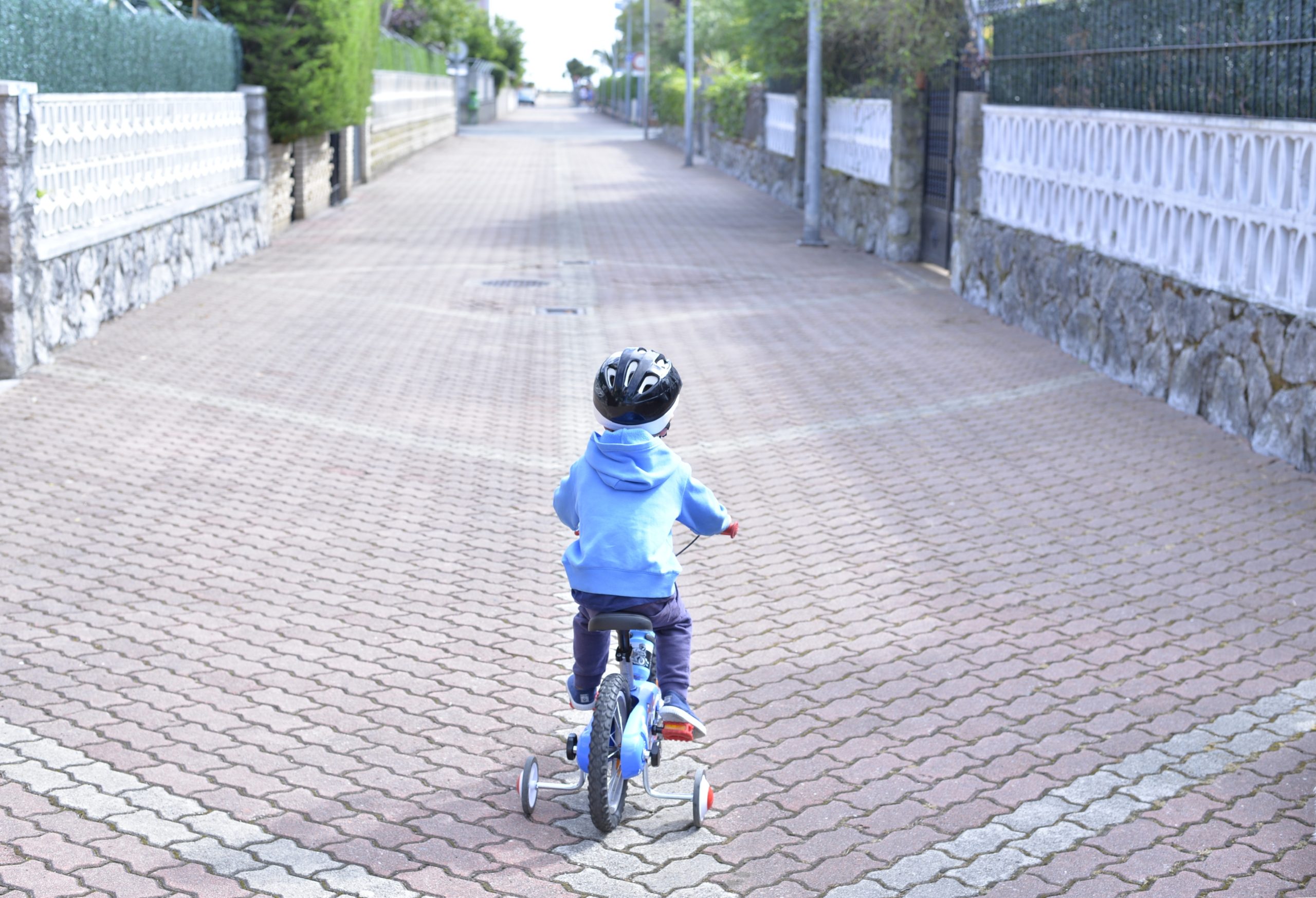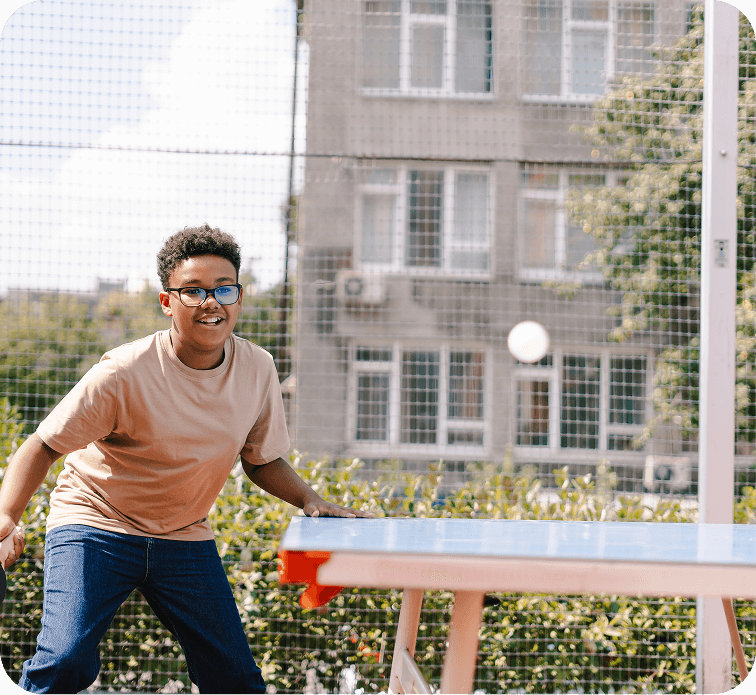eArly years: ages 0-4
As young children grow and develop they need to move, sleep, and sit the right amounts each day to be healthy.


Developed by the Canadian Society for Exercise Physiology, in partnership with ParticipACTION, the Healthy Active Living and Obesity Research Group at the Children’s Hospital of Eastern Ontario Research Institute, the Faculty of Physical Education and Recreation at the University of Alberta, and the Public Health Agency of Canada, the Canadian 24-Hour Movement Guidelines for the Early Years outline the recommended balance of physical activity, high-quality sedentary behaviour and sufficient sleep for healthy growth and development.

Infants: Less than 1 year
Move
Being physically active several times in a variety of ways, particularly through interactive floor-based play—more is better. For those not yet mobile, this includes at least 30 minutes of tummy time spread throughout the day while awake.
Sleep
14 to 17 hours (for those aged 0-3 months) or 12 to 16 hours (for those aged 4-11 months) of good-quality sleep, including naps.
Sit
Not being restrained for more than 1 hour at a time (e.g., in a stroller or high chair). Screen time is not recommended. When sedentary, engaging in pursuits such as reading and storytelling with a caregiver is encouraged.
Toddlers: 1-2 years
Move
At least 180 minutes spent in a variety of physical activities at any intensity, including energetic play, spread throughout the day—more is better.
Sleep
11 to 14 hours of good-quality sleep, including naps, with consistent bedtimes and wake-up times.
Sit
Not being restrained for more than 1 hour at a time (e.g., in a stroller or high chair) or sitting for extended periods. For those younger than 2 years, sedentary screen time is not recommended. For those aged 2 years, sedentary screen time should be no more than 1 hour—less is better. When sedentary, engaging in pursuits such as reading and storytelling with a caregiver is encouraged.


Preschoolers: 3-4 years
Move
At least 180 minutes spent in a variety of physical activities spread throughout the day, of which at least 60 minutes is energetic play—more is better.
Sleep
10 to 13 hours of good-quality sleep, which may include a nap, with consistent bedtimes and wake-up times.
Sit
Not being restrained for more than 1 hour at a time (e.g., in a stroller or car seat) or sitting for extended periods. Sedentary screen time should be no more than 1 hour—less is better. When sedentary, engaging in pursuits such as reading and storytelling with a caregiver is encouraged.
Replacing time restrained or sedentary screen time with additional energetic play, and trading indoor for outdoor time, while preserving sufficient sleep, can provide greater health benefits.
Why 24-hour guidelines?
All types of movement matter, and a balance of moving, sleeping and sitting is required for best health. Even if a child is getting enough physical activity in a day, the health benefits can be reduced by too little sleep, or too much sedentary behaviour—especially if that time is spent in front of screens.
Here are some tips:
- For infants, supervised activities could include reaching, grasping and crawling.
- The older children get, the more energetic play they need.
- For toddlers, energetic play could include running, dancing and playing outside.
- For preschoolers, energetic play could include hopping, swimming and bike riding.
- For healthy sleep, young children should have a calming bedtime routine, go to bed and wake up the same time each day, and avoid screens before bed.
- Establish screen time rules in line with the guidelines
What counts as “sedentary behaviour”?
Sedentary behaviours are those that involve very little physical movement while children are awake, such as:
- Sitting or reclining for prolonged periods in a stroller, high chair, or car seat
- Sedentary screen time such as watching television or playing with non-active electronic devices including video games, tablets, computers or phones
- Although not all sedentary behaviour is harmful—like reading or storytelling with a caregiver—excessive screen time before age five is, as it’s linked with language delays, reduced attention and lower school readiness.

What are the proven benefits?
Following these guidelines through the early years is associated with:
- Healthy growth
- Better learning and thinking
- Improved motor development
- Higher fitness levels
- Increased quality of life
- Reduced injuries
- Fun!
Partners & Funders
The development of these guidelines would not be possible without a dedicated group of partners and funders.





Need the guidelines for another age group?

5 - 17 Years
Guidelines encourage kids to sweat, step, sleep and sit the right amounts each day.

18 - 64 Years
Guidelines to help adults move more, reduce sedentary time, and sleep well.

65+ Years
Guidelines to help older adults move more, reduce sedentary time, and sleep well.
